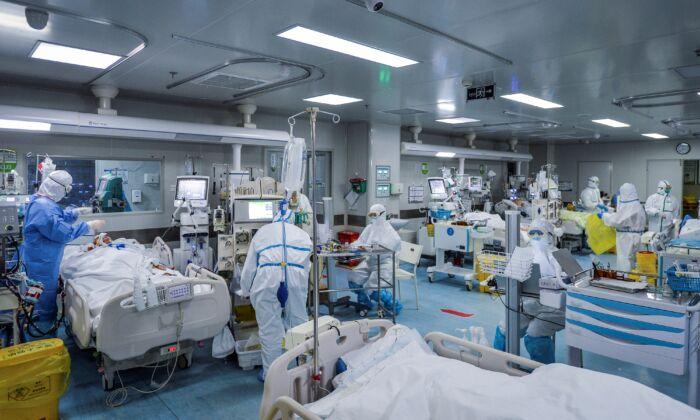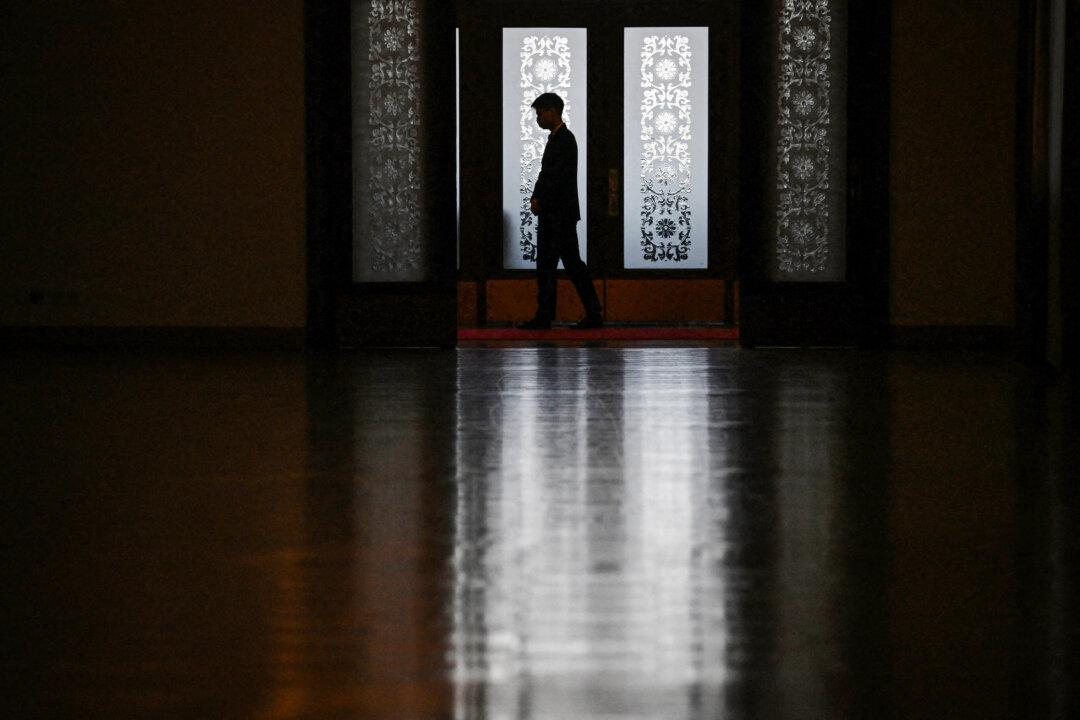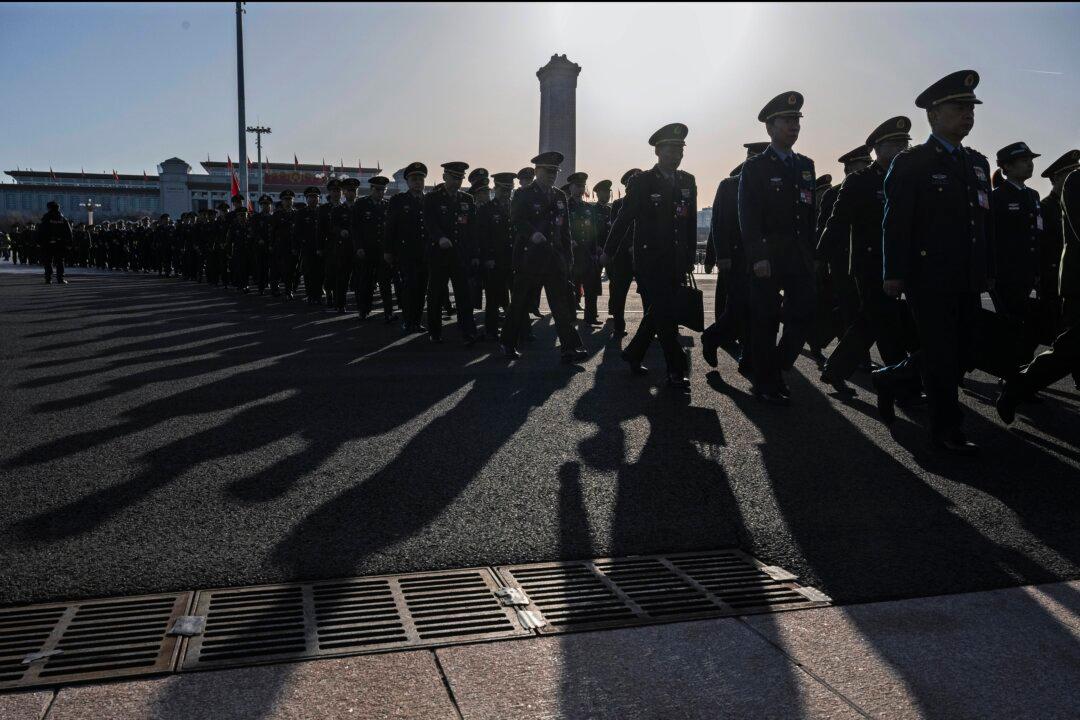Now that the world is awash in the COVID-19 pandemic, the Chinese Communist Party (CCP) is doing what it does best: put the blame anywhere and everywhere else but where it belongs.
The blame for the outbreak, of course, belongs squarely with the Party itself and no one else.
Telling a Simple Truth
The latest words of deflection came from at least two high-ranking Chinese officials this week, in response to comments made by U.S. national security adviser Robert O'Brien.O’Brien said that the delayed reaction and deception on the part of the Chinese regime “probably cost the world two months when it could have been preparing for the outbreak.”
Let the Projection Begin
Within a day, however, Chinese Foreign Ministry spokesman Zhao Lijian responded to O’Brien’s accusations on Twitter in English, writing:“When did patient zero begin in US? How many people are infected? What are the names of the hospitals? It might be US army who brought the epidemic to Wuhan. Be transparent! Make public your data! US owe us an explanation!”
Such a detailed response was undoubtedly ordered and approved at the very top of the Party, which must have felt the need to respond. What’s more, the tone of the response reveals the deep concern of the Party leadership regarding its damaged credibility within the minds of the Chinese people.
A Massive Response to Censorship
And yet, the Chinese people are finding incredibly resourceful ways around the Party’s censorship, including 3,000-year-old, outdated versions of Chinese characters, to express their anger toward their governments’ policies of delay, deflect, deny, and destroy toward anyone who second-guesses its authority or competency.Foreign Ministry spokesman Geng Shuang called the United States “immoral and irresponsible” for saying that Beijing’s delayed response to the coronavirus outbreak made it worse.
Iran Hypes Conspiracy Theories
Not surprisingly, in the wake of its massive outbreak, Iran has ramped up its propaganda to an entirely new level.But given its close relationship with China and its obvious lack of preparation for the outbreak, Iran’s high infection rate should have been expected. But the truth isn’t useful to Tehran. It’s much easier and more helpful to peddle conspiracy theories.
In that context, it’s certainly reasonable to wonder if the recent attack by Iranian-backed militias in Iraq against U.S. and British soldiers was a staged reaction to divert the Iranian public’s attention away from the real cause of the high COVID-19 infection rate.
Was the attack meant to reframe the virus narrative as being the fault of the United States?
That’s unknown. But with tensions as high as they are in the region, it’s a high-risk move in any context.
It also tends to paint the Iranian government into a tight policy box: “What is the proper response,” average Iranians might ask themselves, “to a biowarfare attack on the government?”
Does Tehran have an answer to that question? Is it preparing the nation for a bigger response?
Although propaganda is, by definition, intended to misinform and control the public narrative in order to support the ruling regime, it is also provocatively dangerous. Inflammatory messaging, that is, telling a lie so big that it can’t be withdrawn, can drive regimes to engage in contrived acts of revenge to justify their lies and preserve their positions of power.
Escalation often follows, which can quickly lead all of us down a path that would be better for everyone if it were avoided.





